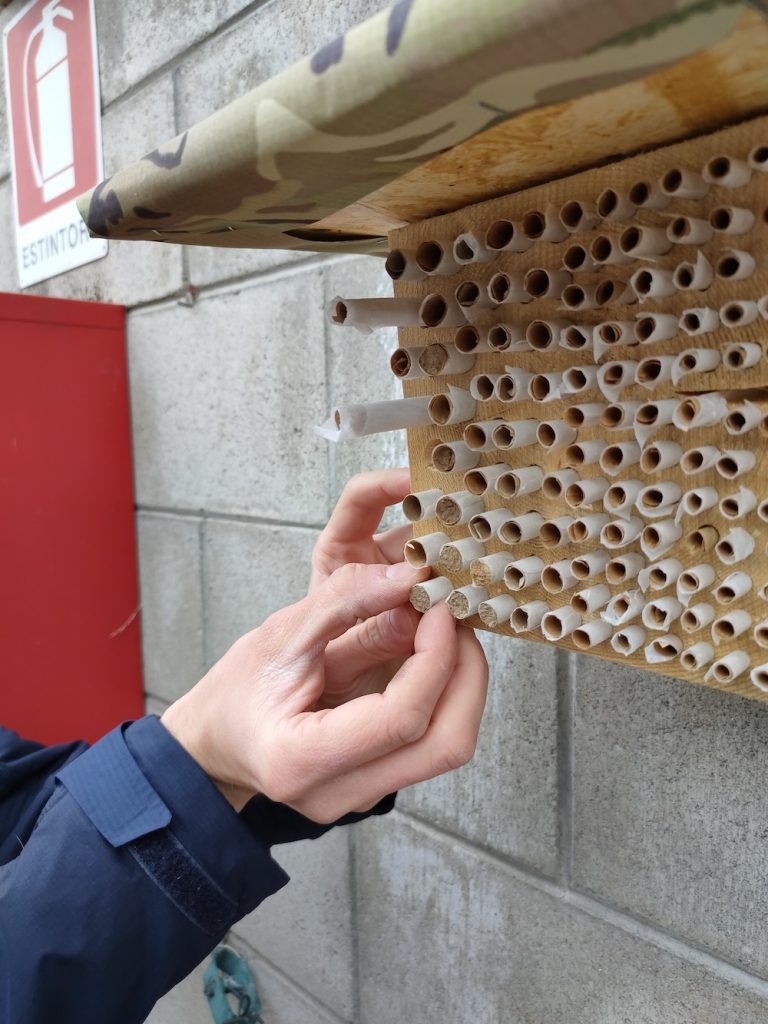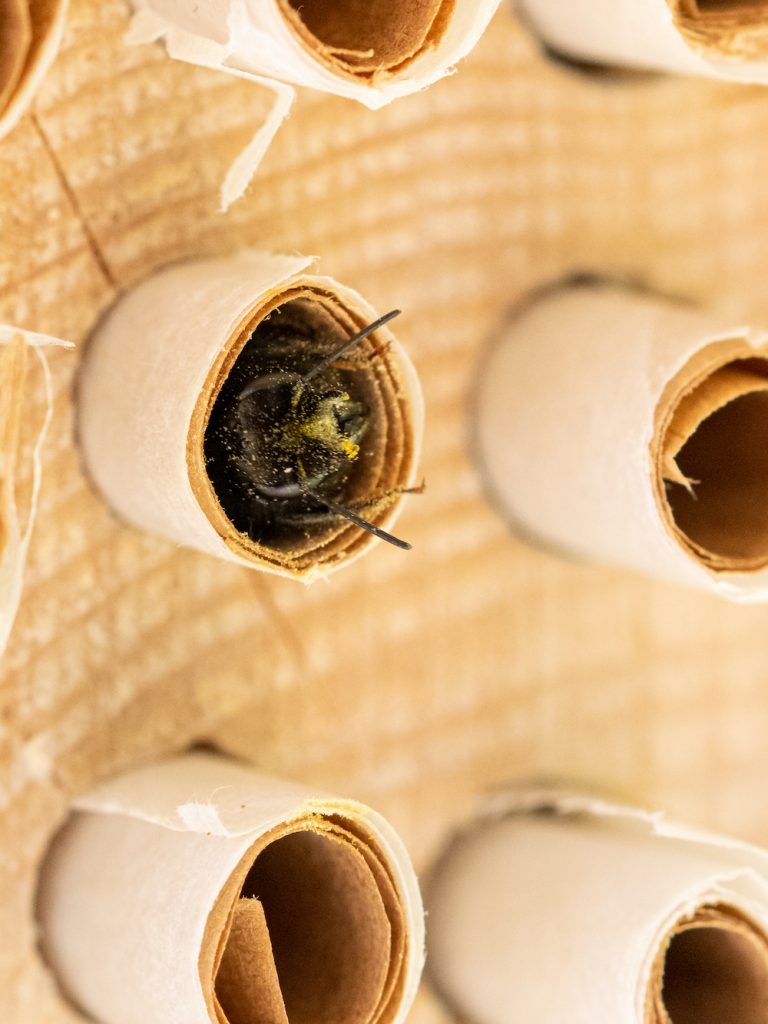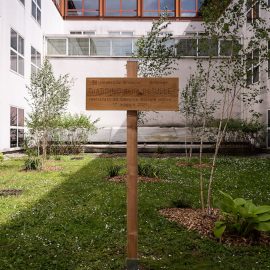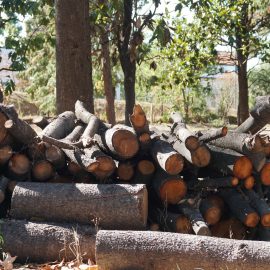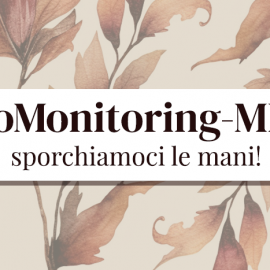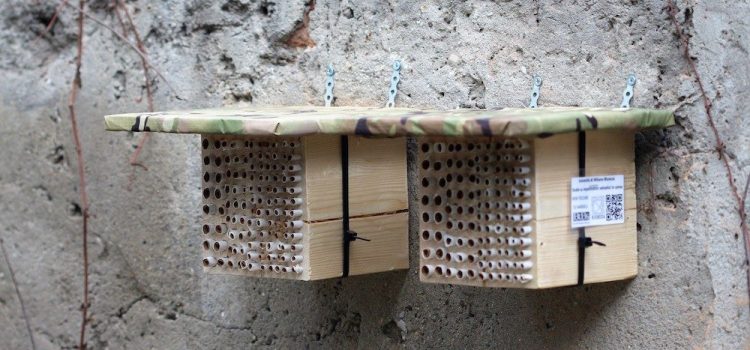
Pollinating insects in the Vivaio Bicocca
Everyone, at some point, needs shelter and a home. In the animal world this is also called the “need for a nesting place”. In very natural environments, life regulates itself and animals find or build nests more or less independently of humans. Yet it is not taken for granted that animals find nests and shelters in more heavily man-made, agricultural and urban environments, which are now dominant landscapes on Earth. Just think, for example, of how the materials available between city and forest change (concrete versus wood).
Despite being located in a highly cemented surrounding matrix, the Vivaio Bicocca houses artificial nests for wild pollinating insects of the bee group. These are, in particular, bees that produce neither honey nor colony, a characteristic that is actually very frequent among wild bees. While the honey bee belongs to a species whose presence is often linked to domestication, it is surprising that there are around 1000 different species of wild bees in Italy. Although they cannot be used to produce edible honey, these insects are very effective pollinators and are increasingly preferred for ecosystem purposes.
These solitary, wild insects are very easy to manage, do not disturb and do not require special care, and have the particularity of nesting in cavities of various types. So it is particularly easy to set up a small, but actually large corner for them too.
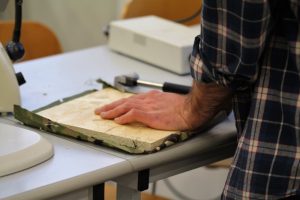
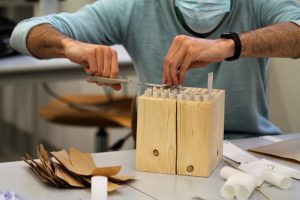
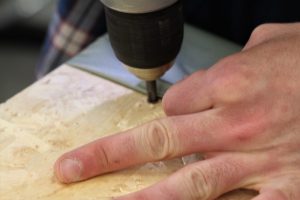
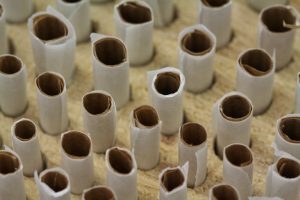
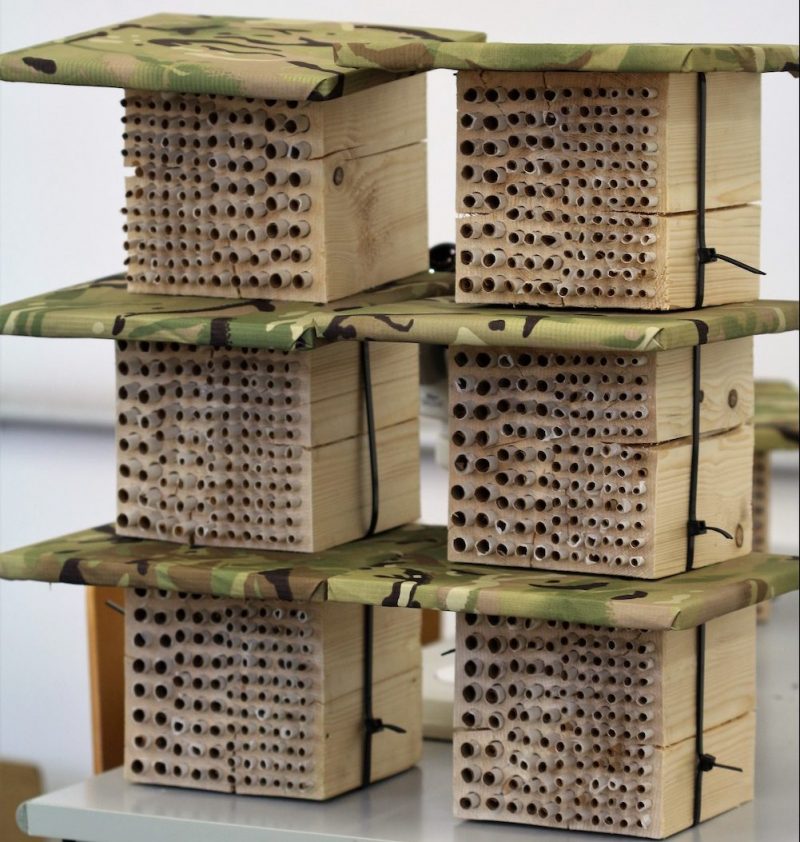
The nests installed at Vivaio Bicocca were created in the laboratories of ZooPlantLab, of the Department of Biotechnology and Bioscience of the University of Milano-Bicocca, with the help and passion of some PhD and undergraduate students. Other nests of similar design have been placed in 5 other areas of Milan, as part of a project that will compare nesting rates in relation to variable characteristics of the complex urban landscape.
Nests of this type (holes of various sizes in a woody matrix) are just one of several possible solutions for encouraging wild animals in urban areas. The different sizes ensure that different species can create a nest. In the Vivaio Bicocca a large biodiversity wall will be placed to house these pollinators and insects, promoting the presence of these species in the vicinity of the Vivaio. It would be nice one day to see in every garden and on every balcony even a small nest, perhaps handmade and made from recycled materials, which could house a small world of beneficial animal diversity.
One of the aims of the Vivaio Bicocca is to teach the importance of all pollinator species, even those that live solitary lives and not in society: they play an essential role and their presence is more at risk than that of honeybees, since they cannot be bred and lead solitary lives.
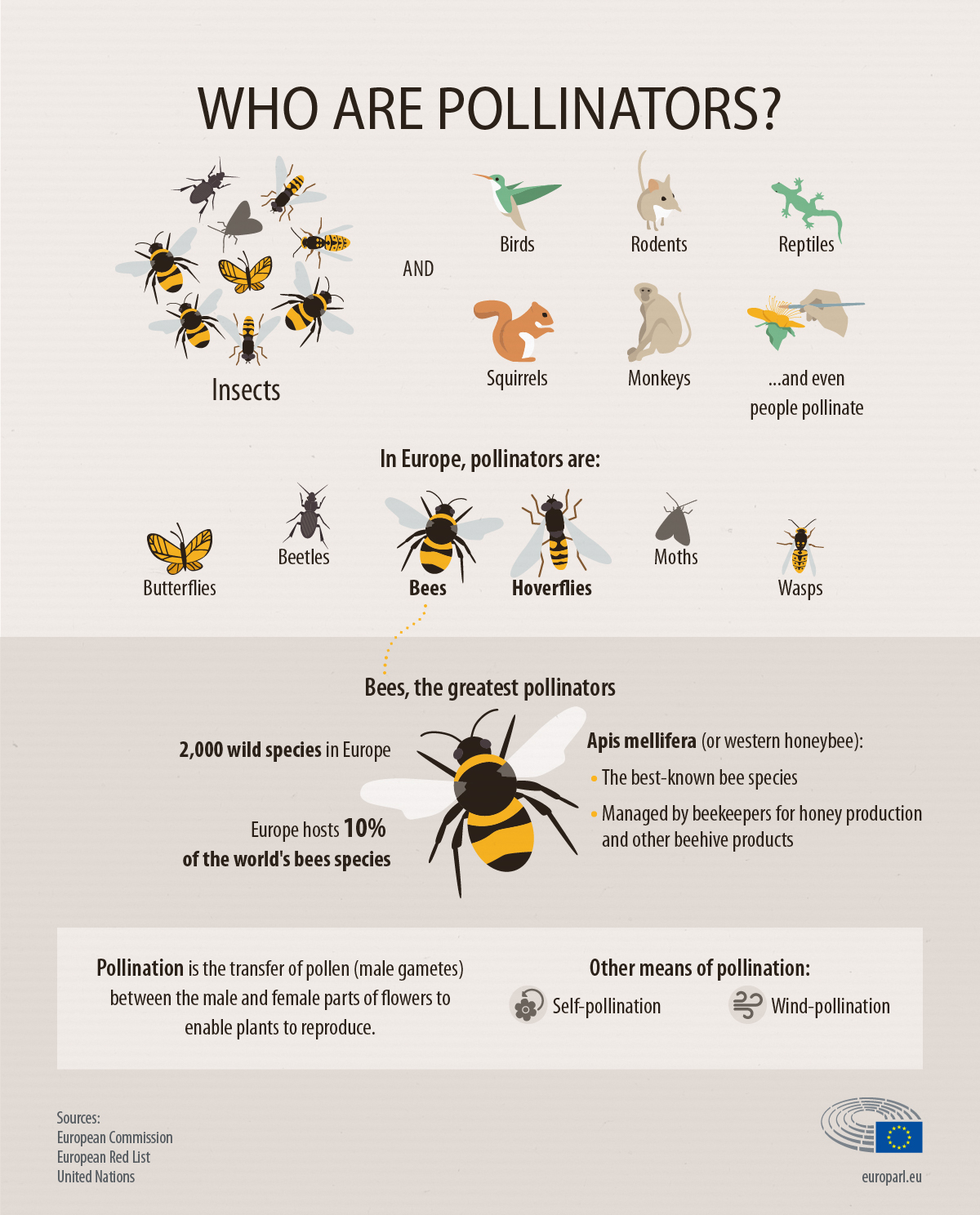
The photographs you see on this page were kindly provided by Luca Tonietti and Emiliano Pioltelli.

